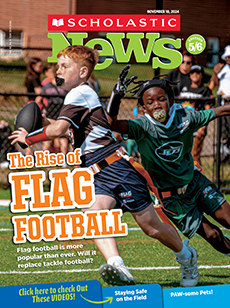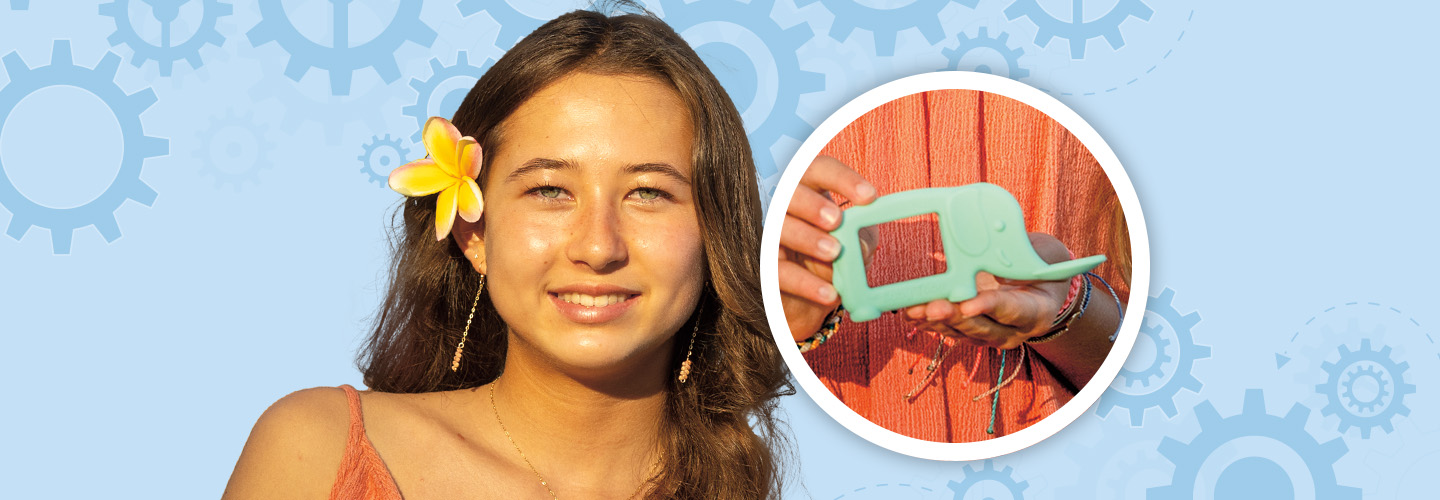Ten-year-old Cassidy Crowley was face-to-face with five sharks. But they weren’t the creatures that live in the ocean. They were the investors on the TV show Shark Tank. Cassidy was there to try to persuade them to invest in her invention, called the Baby Toon. It’s a baby spoon that’s also a teething toy.
“It felt like such an unreal moment for me,” she says. “My heart was racing.”
Cassidy was thrilled when one of the sharks, Lori Greiner, decided to back her idea. That was in 2019. Today, the Baby Toon is sold online and in thousands of stores across the U.S. and Canada.
Cassidy, now 15, wants other kids to follow in her footsteps to become inventors. Here are her tips.
Ten-year-old Cassidy Crowley was face-to-face with five sharks. But they weren’t the creatures that live in the ocean. They were the investors on the TV show Shark Tank. Cassidy was there to try to persuade them to invest in her invention. It’s called the Baby Toon. It’s a baby spoon that’s also a teething toy.
“It felt like such an unreal moment for me,” she says. “My heart was racing.”
Lori Greiner was one of the sharks. She decided to back Cassidy’s idea. Cassidy was thrilled. That was in 2019. Today, the Baby Toon is sold in thousands of stores across the U.S. and Canada. It is also sold online.
Cassidy, now 15, wants other kids to follow in her footsteps and become inventors. Here are her tips.

